Economic Equality Caucus
which advocates for economic equality across the USA.
| Home | Organizational Structure | State Coordinators | Executive Director | Caucus Articles | Memberships | |||||
| "Delta Vision, Delta Voices" | ||||||||||
|
Help Advocate for Economic Progress and Equality. Donate to the Delta Caucus/Economic Equality Caucus. |
||||||||||
Delta Grassroots Caucus Events

Credit Michael Hibblen/ KUAR News, Arkansas Public Radio; Former President Bill Clinton speaking to the Delta Grassroots Caucus on May 2, 2013, at the University of Arkansas Clinton School of Public Service, Little Rock
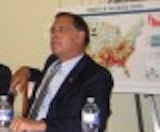
U. S. Senator John Boozman, Arkansas, at a Delta Grassroots Caucus meeting at the US Capitol
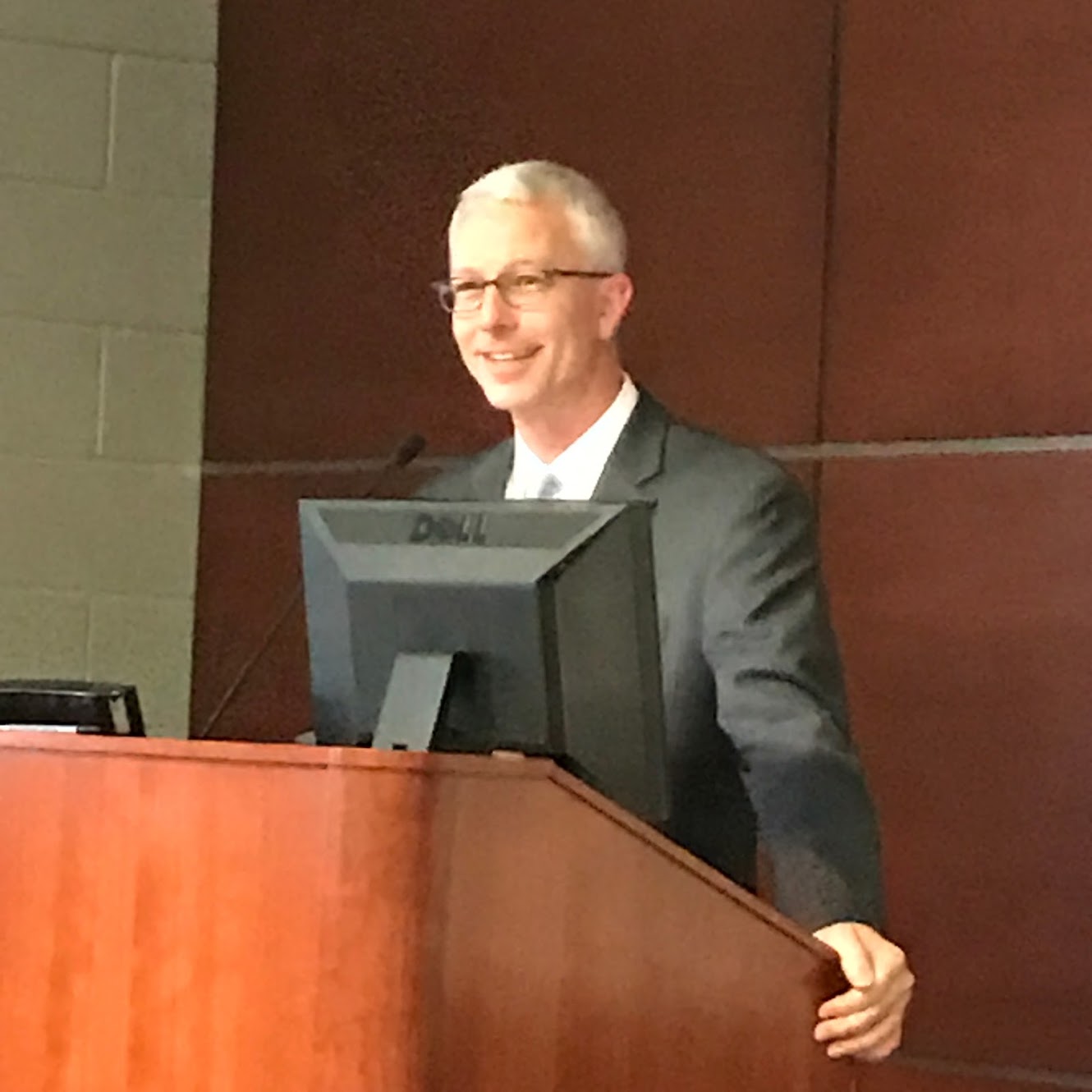
Brad Cole, Executive Director of the Municipal League of Illinois; previously a senior aide to former Republican US Sen. Mark Kirk of Illinois, earlier Mayor of Carbondale, Illinois, veteran Delta regional advocate, speaking at the Delta regional conference in West Memphis, Arkansas on April 26, 2019.

President Bill Clinton makes a comment to Delta Caucus Director Lee Powell at a meeting in Blytheville, Arkansas (in the northeast Arkansas Delta) on Nov. 2, 2014

The Delta Caucus would like to pay tribute to the late, great U.S. Sen. Thad Cochran of Mississippi, a powerful force in the US Senate for decades and a champion for the Delta. Sen. Cochran passed away on May 30, 2019. He spoke to the Delta Caucus on many occasions over the years (he is pictured above speaking to a Caucus event on Capitol Hill in Washington, DC) and his thoughtful, courteous and bipartisan leadership will be sorely missed.
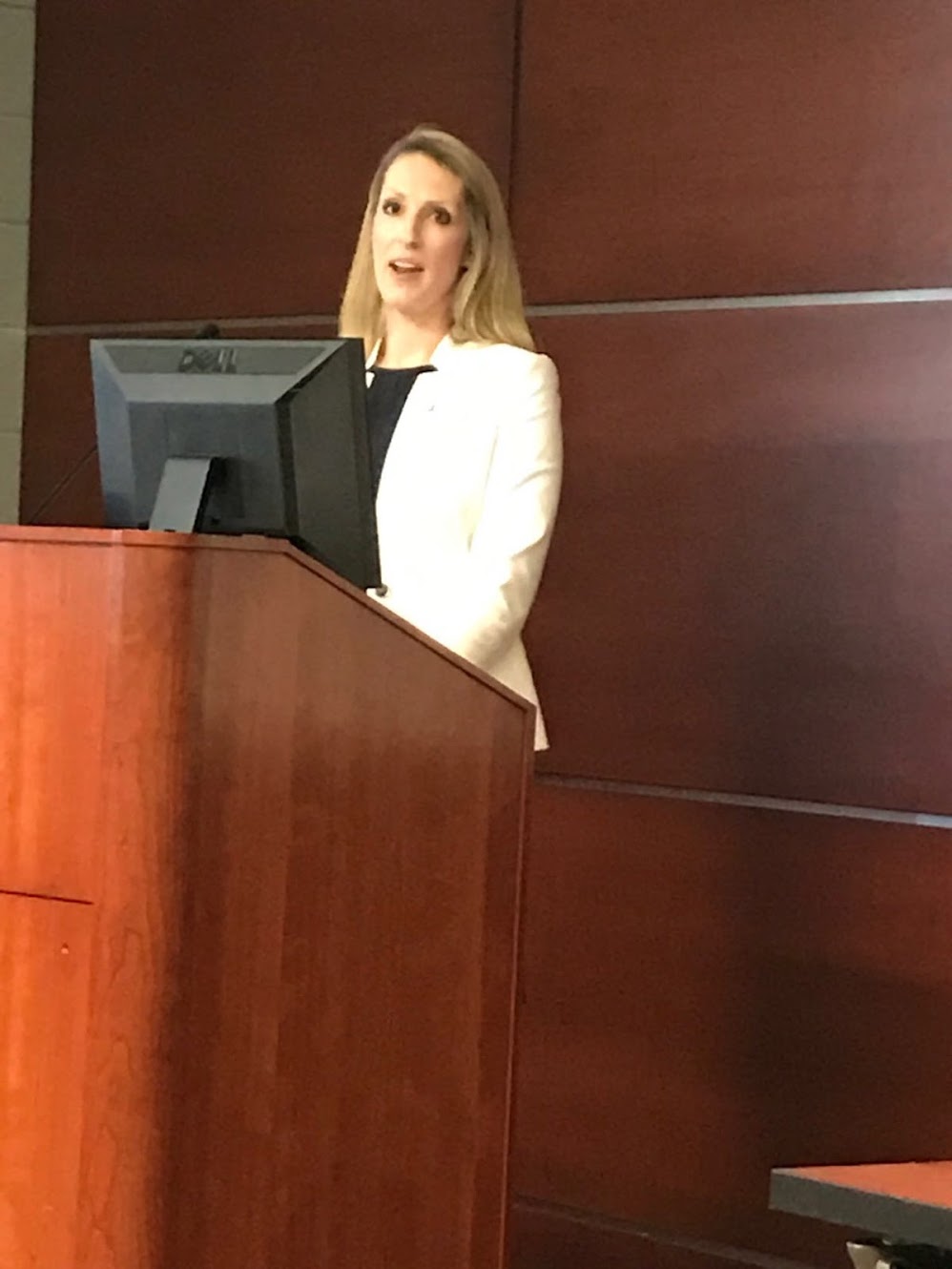
Marcie Lawson, Executive Director, Sikeston, Missouri Regional Chamber and Area Economic Development Corporation, speaking at the Delta regional conference in West Memphis, Arkansas on April 26, 2019.
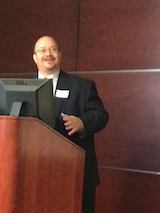
Alan Gumbel, Greater Memphis Alliance for a Competitive Workforce, Memphis, Tennessee, speaking at the Delta regional conference in West Memphis, Arkansas on April 26, 2019.
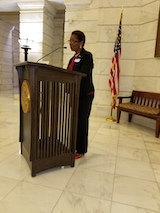
Mayor Shirley Washington of Pine Bluff, AR, speaking to the Delta Caucus at the Arkansas Capitol Rotunda in 2017.
Presentation of Natalie Jayroe, New Orleans food bank CEO at Delta conference
Posted on October 01, 2010 at 01:09 PM
This is the first in a series of presentations at the Delta conference in Washington, DC that we thought were excellent, but took place either early in the morning or late in the afternoon when the group is smaller than at other times, so we wanted to publicize these presentations to a larger number of people.
Natalie Jayroe, President and CEO of Second Harvest Food Bank of Greater New Orleans and Acadiana, gave an enlightening presentation on Sept. 23, 2010 , about hunger and poverty in New Orleans and the rest of southern Louisiana. Hunger and nutrition issues are always essential for our region, as you know, and we are deeply appreciative of Natalie Jayroe and Allison DeJong, public policy coordinator for the Second Harvest Food Bank of Greater New Orleans and Acadiana, for taking part in this conference.
Thanks–Lee Powell, Delta Grassroots Caucus (202) 360-6347
Natalie Jayroe’s testimony to Delta Grassroots Caucus 9/23/10
My name is Natalie Jayroe and I am the President and CEO of Second Harvest Food Bank of Greater New Orleans and Acadiana. Thank you for the opportunity to address you today.
For more than twenty years I have been involved in the food banking movement, first as a volunteer and founder of feeding programs and for the last 16 years as the chief professional officer of the organization. Having worked in disaster prone areas my entire career (Savannah, San Diego, Baton Rouge, and New Orleans), disaster preparedness and response have always been a part of the mission that we plan and train for while being responsible for the distribution of USDA TEFAP commodities on a daily basis.
The expertise of the nonprofit food banking system has been called upon for critical support during all of the major disasters our country has faced over the last two decades. Our grassroots responsiveness and flexibility allow us to fill the inevitable gaps in food supplies and mobilize resources quickly to respond to urgent needs.
These gaps were especially severe because of the nature of the devastation after Hurricanes Katrina and Rita. Entire swaths of South Louisiana and Mississippi, encompassing hundreds of square miles, were left without working infrastructure. Bridges collapsed, roads were impassable, warehouses were ripped apart, and grocery stores, schools and community centers were closed or destroyed. These conditions persisted even as Louisianans returned home to rebuild their communities and their lives.
During the aftermath of Hurricanes Katrina and Rita, TEFAP commodities were released for disaster relief. Many lives were saved as a result of this quick action. As a consequence of receiving these commodities, together with the food provided through the Feeding America network, Second Harvest Food Bank of Greater New Orleans and Acadiana became the largest food bank in history overnight, distributing 8 million pounds of food in September 2005 alone. Since that time, Second Harvest has distributed more than 137 million pounds of food, or 1.5 million meals in its 23 parish south Louisiana service area, serving more than 250,000 people annually.
In the years following 2005, increases in food and fuel costs along with the decrease in USDA commodities available to food banks had left many of the more than 200 Feeding America members seriously short of food. For instance, the 7 million pounds of USDA TEFAP commodities distributed by Second Harvest in 2004 dropped to 2.7 million pounds in fiscal year 2008.
The number of people needing food through the 246 faith-based and nonprofit member agencies that our food bank supports has been steadily increasing as families struggle to make ends meet, children go to school too hungry to learn, and seniors have to choose between medicines, food and utilities. The successful passage of the Farm Bill has greatly improved the supply of TEFAP commodities to food banks over the last two years, and we look forward to further improvements in the 2012 reauthorization.
Second Harvest Food Bank of Greater New Orleans and Acadiana has also developed a mutually beneficial relationship with FEMA, the Governor’s Office of Homeland Security, and the emergency managers of each of our 23 parishes. Second Harvest currently stores the MREs prepositioned for first responders in our New Orleans and Lafayette warehouses. As these MREs approach their expiration date, they are released into our food bank system for distribution to faith-based and nonprofit member agencies.
These relationships with government agencies are of paramount importance in America today, where nonprofits provide life-saving services to an ever-expanding group of people, rather than merely supplementing safety net programs. Nonprofits are increasingly expected to take on the role of first responder. For example, the Louisiana Office of Public Health has approached Second Harvest about using our warehouses and member agency network as a vaccine conduit in the event of a pandemic. Our system of distributing food is a model for distributing other life-saving products and services.
While we’ve seen great progress in working together with government agencies to bolster the safety net programs for vulnerable Americans, there are improvements yet to be made. Nonprofits must have the flexibility and infrastructure to respond to the dire needs of food insecurity and hunger with utmost speed and force. The current legal mechanism for responding to disasters – the Stafford Act – is inadequate. If a hurricane were to hit Louisiana tomorrow, we would not be allowed to distribute the USDA commodities stored in our warehouse.
Following hurricanes Katrina and Rita in 2005, it was determined that the USDA commodities distributed as part of our record-setting distribution of food violated the Stafford Act because it did not do enough to ensure no services were duplicated. This wrong-headed prioritization on reducing duplication and fraud rather than meeting urgent human needs prevents the entire emergency food system from responding to critical needs after a disaster in the most complete and expeditious way possible.
These problems with the Stafford Act came into focus again as Second Harvest responded to Hurricanes Gustav and Ike. Within a couple of days of the cessation of winds, USDA and the state decided to activate the disaster SNAP program. The distribution of USDA commodities to food banks ceased. At the same time the disaster SNAP program broke down, with long lines of people waiting for many hours just to be turned away from enrollment sites. People with outstanding legal issues were arrested while waiting in line. And in many cases electricity had not yet been restored to grocery stores, which made it impossible to use the disaster SNAP benefits that were so difficult to obtain.
Strengthening the relationships between government and nonprofits is not only the key to better and more effective disaster response, but to address what all of us in the Delta region understand too well: the hidden hurricane of chronic poverty. Sadly, with the economy‘s decline, the reach of poverty is extending to more and more communities across America. The new numbers from the Current Population Survey tell us that in 12 short months, poverty in America jumped from 13.2% to 14.3% - and we all know that this number doesn’t include many individuals and families struggling with the effects of foreclosure, job loss, illness, and food insecurity. In the twenty-three parishes that Second Harvest serves, our agencies have seen increases of 15 to 25% since May 1st. Communities struggling to regain stability and sustainability have been rocked by job losses stemming from the oil spill, and their supplemental food source – The Gulf of Mexico – is contaminated for the foreseeable future.
What we’ve seen over the last few months, after the oil spill, is similar to what we saw after Katrina & Rita: a renewed focus on communities struggling with intergenerational poverty. In the Delta, this is our everyday reality – and it shouldn’t take a disaster like the oil spill or Katrina to draw attention to it – but while the cameras are turned to us, we have to remind America of the dangers of economic inequality, the tragic consequences of hunger, and the utter failure of our current system to combat the poverty that is tearing apart our communities. These issues have always been present in the Delta. Hurricanes, levee failures, and environmental catastrophe have only exacerbated what was always hiding in plain sight.
Lastly, I would like to address the need for a comprehensive approach to addressing the problems of the poverty and hunger in the Delta that have been so exposed by the disasters we have responded to over the last five years. One of the great tragedies of New Orleans and south Louisiana is that many of its citizens have not been able to come home. While the greater New Orleans population has reached 91% of its pre-Katrina numbers and the metro area close to 80%, this does not tell the story of our most vulnerable citizens. The housing stock has decreased by 13% and as a consequence the cost of housing has jumped by 33% over the last five years.
41% of households in Orleans Parish spend more than 50% of their pre-tax household income on housing. New Orleans renters are more likely to pay at least half their household income on rent and utilities than New Yorkers. Young single professionals have moved into our community, providing a lot of the vitality fueling our rebuilding efforts. But the fact that we have only reached 61% of our pre-Katrina school enrollment shows that families with children have found it harder to return. The failure to adequately address the housing crises as part of the recovery effort has led to a lot of continued suffering for our displaced citizens.
Despite these sobering truths, much positive progress has also come out of the lessons we have learned from the challenges we have faced, for Second Harvest and for all sectors of society; government, education, nonprofit and for profit. For example, New Orleans has the largest charter school movement in the country. For Second Harvest the challenges of the last five years has caused us to focus more clearly on our mission and re-imagine how we serve our 23 south Louisiana parishes. We have doubled our distribution, strengthened our member agency system, and advocated for strong nutrition policies at the local, state and federal levels. We have implemented programs focused on children and seniors at risk for hunger. We have collaborated with organizations and movements focused on ensuring food security for all our citizens. We have become a closer partner with government and are on the verge of implementing a statewide SNAP outreach plan. And finally we are turning our attention to measuring how effectively we are ending hunger in south Louisiana.
Thank you for the privilege of presenting here today. Second Harvest Food Bank of Greater New Orleans and Acadiana is proud to be a partner with you all in the fight to build a stronger, sustainable Delta region
Back to the top